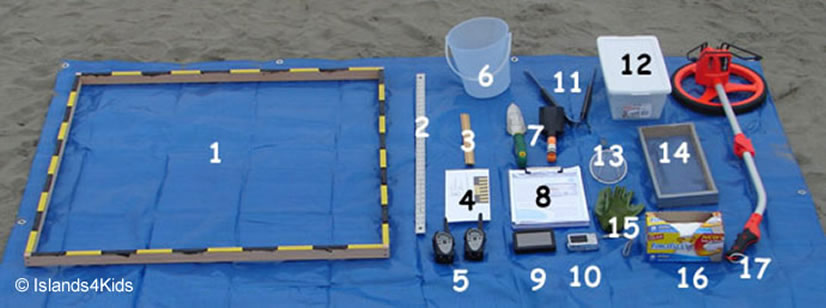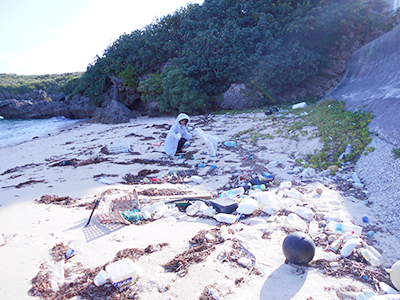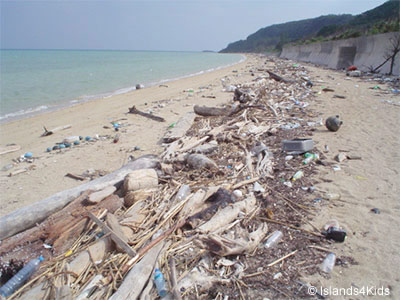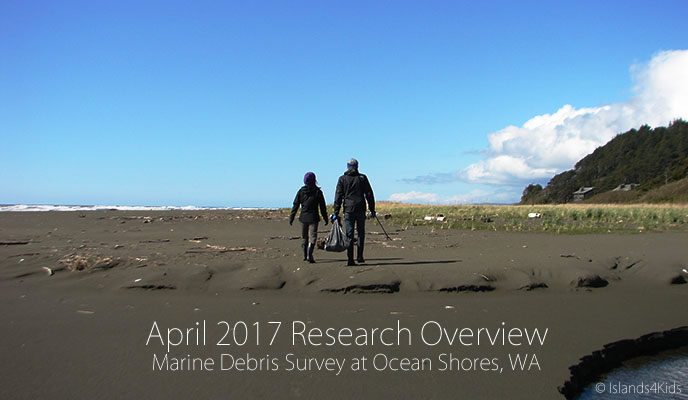 |
Let's talk about safety with teacher, instructor and family member |
| |
|
| 1. |
Plan and schedule about a month ahead of time (by teachers, parents or group leaders) |
| |
|
| 2. |
Designate at least one volunteer or staff as the “Safety Watch”. Their primary responsibility will be to ensure the safety of participants as they interact with the environment and debris. |
| |
|
| 3. |
Create a list of all participants to take to the event. For added safety, create a sign in/sign out sheet of participants. |
| |
|
| 4. |
Make a layout of the cleaning area and plan all cleaning routes. Be sure to also visit the cleaning site a couple days beforehand to secure the area and make sure conditions are safe for participants. |
| |
|
| 5. |
Make a list of necessary cleaning gears; |
| |
| a. |
Trash bags (you may choose different color bags to sort garbage into recyclable, compostable, and regular waste). |
| b. |
First aids kits. |
| c. |
Protective gloves and safety glasses. |
| d. |
Hazard boxes to discard any syringes and other drug related paraphernalia. |
| e. |
Secure a truck that will be able to take the collected debris to a secure disposal area. |
| |
|
|
| 6. |
Please remember these don’ts as you do clean-ups. |
| |
| a. |
Do not go alone or just with friends. Always ask adults to oversee the safety. |
| b.
|
Do not pick-up any syringes or other medical equipment, because they are possibly contaminated and may be harmful if touched. Ask adult leaders for safe pick-up and disposal. |
| c. |
Do not open containers or bottles if there are liquids or any kind of content still in it. They may be highly toxic or contagious, so ask adult leaders for safe disposal. |
| d. |
If you find large cans or containers with unknown contents in it, ask your leaders to contact the local Health Department for examination. |
|
| |
|
 |
Marine Debris Survey Tools |
| |
|
| |
 |
| |
|
| |
1. Quadrat (1 ㎡ = 100cm x 100 cm with 10cm makers)
2. 35 inches ruler
3. 30 cm ruler
4. 15 cm photo ruler
5. Walkie talkies
6. Bucket to sort out plastic pellets and nurdles
7. Garden shovel
8. Data sheets and clipboard
9. GPS (Global Positioning System) |
10. Camera
11. Tongs to pick up syringes and unhygienic items
12. Container for syringes and clinical devices
13. 1 m/m mesh screen sifter for plastic pellets and nurdles
14. 5 m/m mesh screen sifter
15. Rubber-coated gloves
16. Trash bags
17. Wheel distance measuring or reel measuring tape |
|
| |
|
 |
|
| |
Click on the image below to enter our research website ISLANDS4KIDS.ORG |
| |
 |
 |
| |
While some trash from nearby countries wash ashore this small island, many others are carried away by the next high tide aboard the Kuroshio (Black Current) to travel across the Pacific Ocean towards the westcoast of the US and Canada. |
| |
|
 |
|
| |
Click on the image below to enter our research website ISLANDS4KIDS.ORG |
| |
 |
| |
|
|